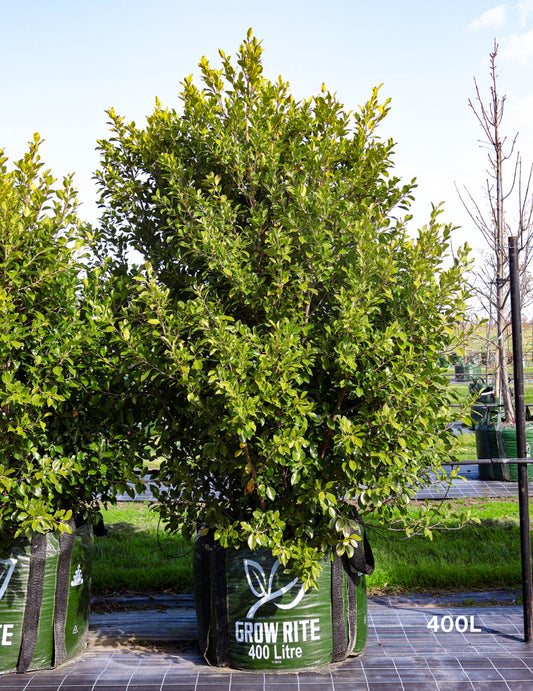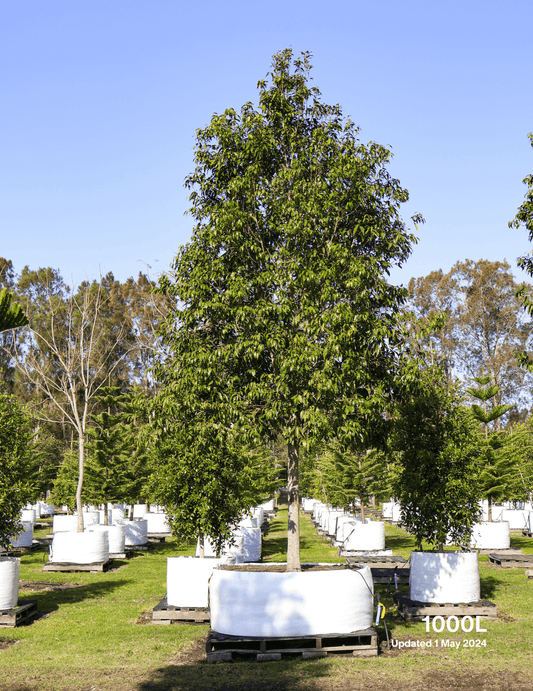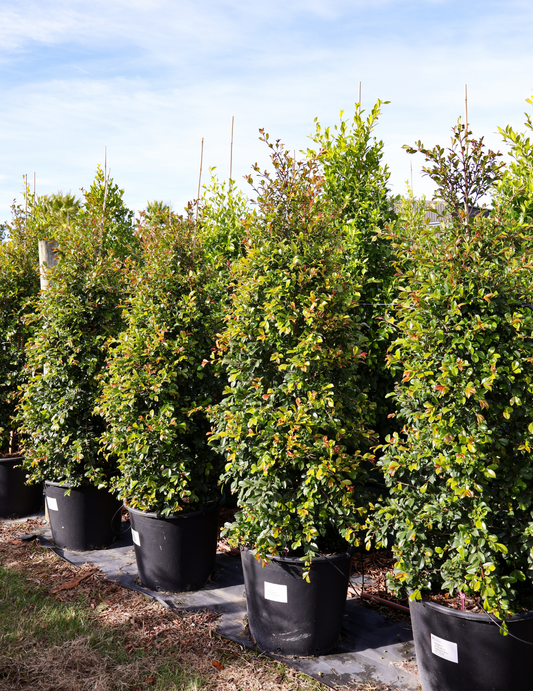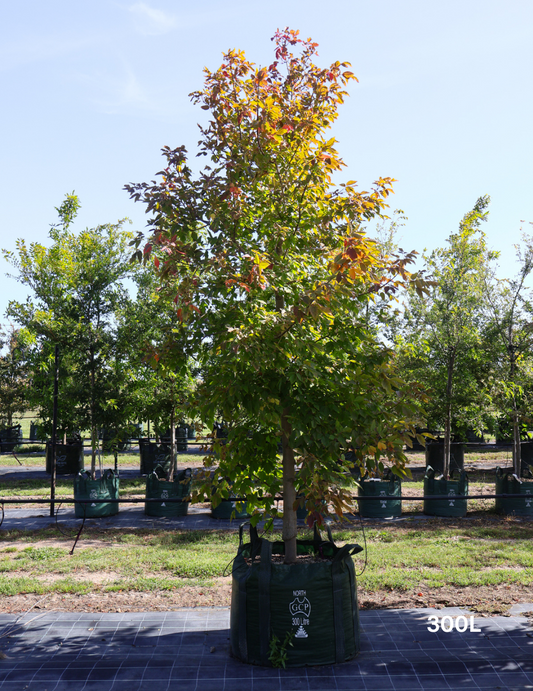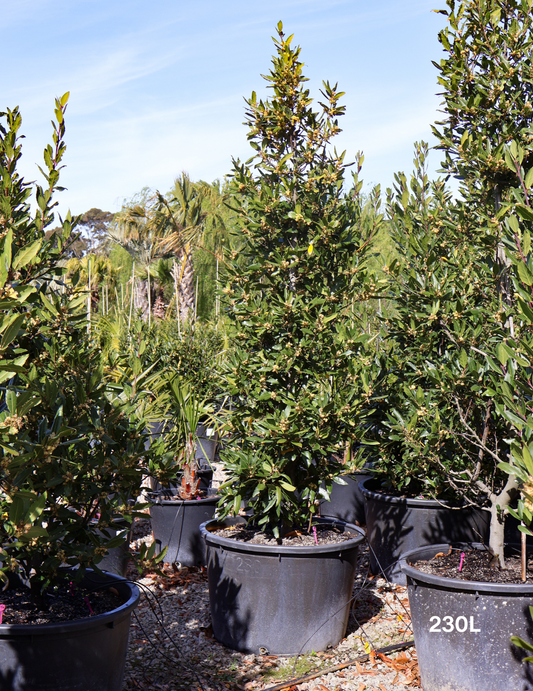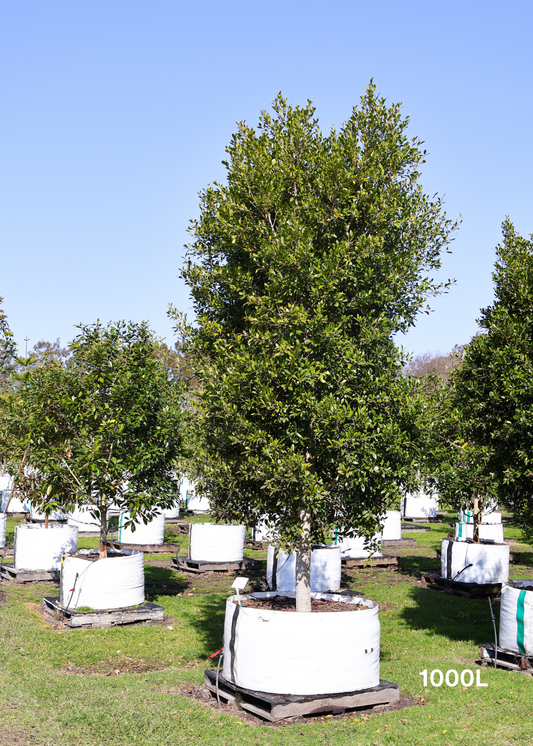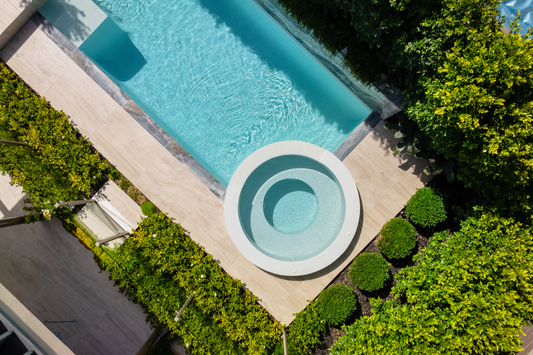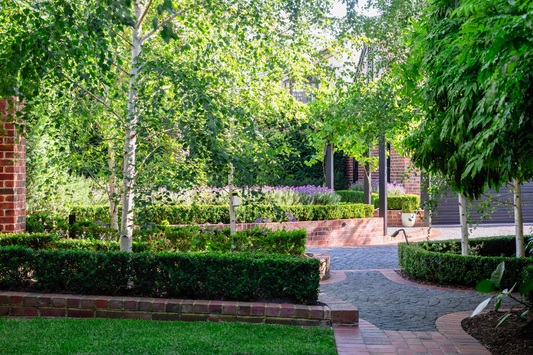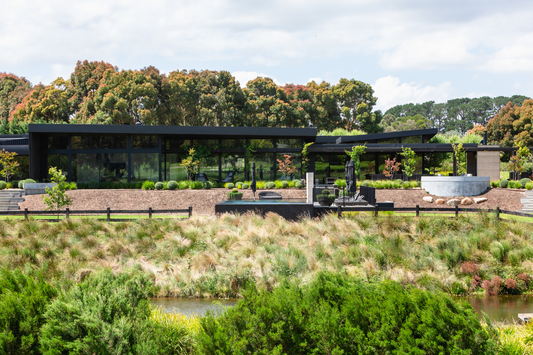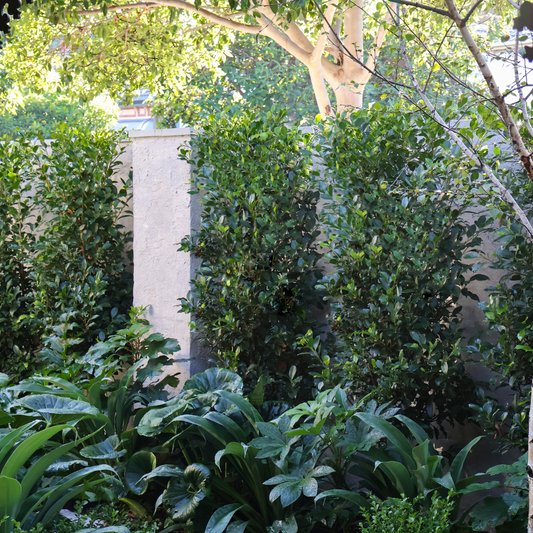You may have heard that crepe myrtles are deciduous trees, but what does that mean? In short, it means that they lose their leaves during Autumn and winter months. However, there is a bit more to it than that. Here's everything you need to know about the deciduous nature of crepe myrtles.
Crepe myrtle Characteristics:
Growth Rate: Crepe myrtles are slow growing trees
Deciduous or Evergreen Trees? Crepe Myrtle Trees are Deciduous
Use Cases: Excellent feature trees and Street Trees
Best time to Plant: Plant in Winter or Spring
Height: Crepe myrtle trees can grow up to 15 meters tall (depending on variety)
Leaves: Crepe myrtele leaves have a soft, velvety texture that is similar to the feel of silk. They are dark green with a light brownish tint on the underside. The leaves turn a beautiful red color in fall.
Disease Resistance: Crepe myrtle trees are resistant to most common diseases
Watering: Crepe myrtles are quite drought tolerant once established – just be sure to regularly water throughout it’s first summer once planted.
Pruning: Prune during winter so you can see the entire branch structure without foliage. Remove any dead wood and suckers anytime throughout the year.
Sun: Crepe myrtles tolerate full sun, but they prefer partial shade.
Soil: Crepe myrtle trees can be grown in a wide range of soil types.
Propagation: Crepe Myrtles can be propagated by seed or cut
Flower: Crepe Myrtle Trees flower in the summer months
Look: All crepe myrtles have a mottled drunk, beautiful bark, vibrant flowers and more. There are many different species of Crepe Myrtle that all grow various flower colours. During summer, crepe myrtles have full branches of flowers (flower colours include: pink flowers, white flowers, mauve flowers, deep maroon flowers and more.)
What Does It Mean for a Plant to Be Deciduous?
A deciduous plant is one that loses its leaves during autumn and winter months. The leaves will grow back during the spring and summer. Many trees are deciduous, including maples, oaks, and elms. Some shrubs are also deciduous, such as rhododendrons and azaleas. And, of course, crepe myrtles are deciduous trees as well.
Why are plants Deciduous?
There are a few reasons why plants become deciduous. One reason is to protect themselves from extreme cold weather. When the temperatures start to drop in autumn, the leaves of a deciduous plant will begin to change color. Once the leaves have changed colour, they will fall off of the plant. This helps to insulate the plant and protect it from the cold winter weather.
Another reason why plants become deciduous is to conserve water. During the autumn and winter months, there is usually less water available for plants to use. When a plant doesn't have enough water, it will shed its leaves in order to prevent itself from drying out completely. If a plant has no leaves, then it won't be able to photosynthesize (convert sunlight into energy) and produce food for itself.
In late summer to late spring, crepe myrtle trees produce large flowers that vary depending on what species of crepe myrtle. They are fantastic bird attracting trees, which makes them great additions to your garden.
What Are the Benefits of Being Deciduous?
There are several benefits to being deciduous. One benefit is that it allows a plant to better tolerate cold weather. By shedding its leaves, a plant can prevent itself from being damaged by low temperatures.
Another benefit of being deciduous is that it gives plants a chance to rest. During the winter months, when there are no leaves on a deciduous plant, the plant doesn't have to expend energy on producing food through photosynthesis. This allows the plant to store up energy so that it can put forth a strong growth spurt come springtime.
Finally, being deciduous also allows plants to get rid of old or damaged leaves. Shedding leaves helps plants get rid of leaves that are no longer photosynthesizing effectively or that have been damaged by pests or disease. This helps the plant stay healthy and looking its best.
As you can see, there are many reasons why crepe myrtles (and other plants) become deciduous in nature. This adaptation allows them to better tolerate cold weather, conserve water, and get rid of old or damaged leaves. So, if you're thinking about purchasing a crepe myrtle for your home or garden, rest assured knowing that its tendency to lose its leaves in the autumn and winter is perfectly normal!
Best Sellers:
- Lagersroemia Indica 'Zuni'(Pink Flower)
- Lagerstroemia Indica Natchez (White Flowers)
- Lagerstroemia indica 'Tonto' (Pink Flowers)
- Lagerstroemia Indica fauriei (purple crepe myrtle)
- Lagerstroemia Indica speciosa (pink flowers)
- Lagerstroemia Indica hybrids (various colors)
- Lagerstroemia Archeriana (bright pink flowers)
- Lagerstroemia Indica (Pink flowers)
- SHOP ALL



